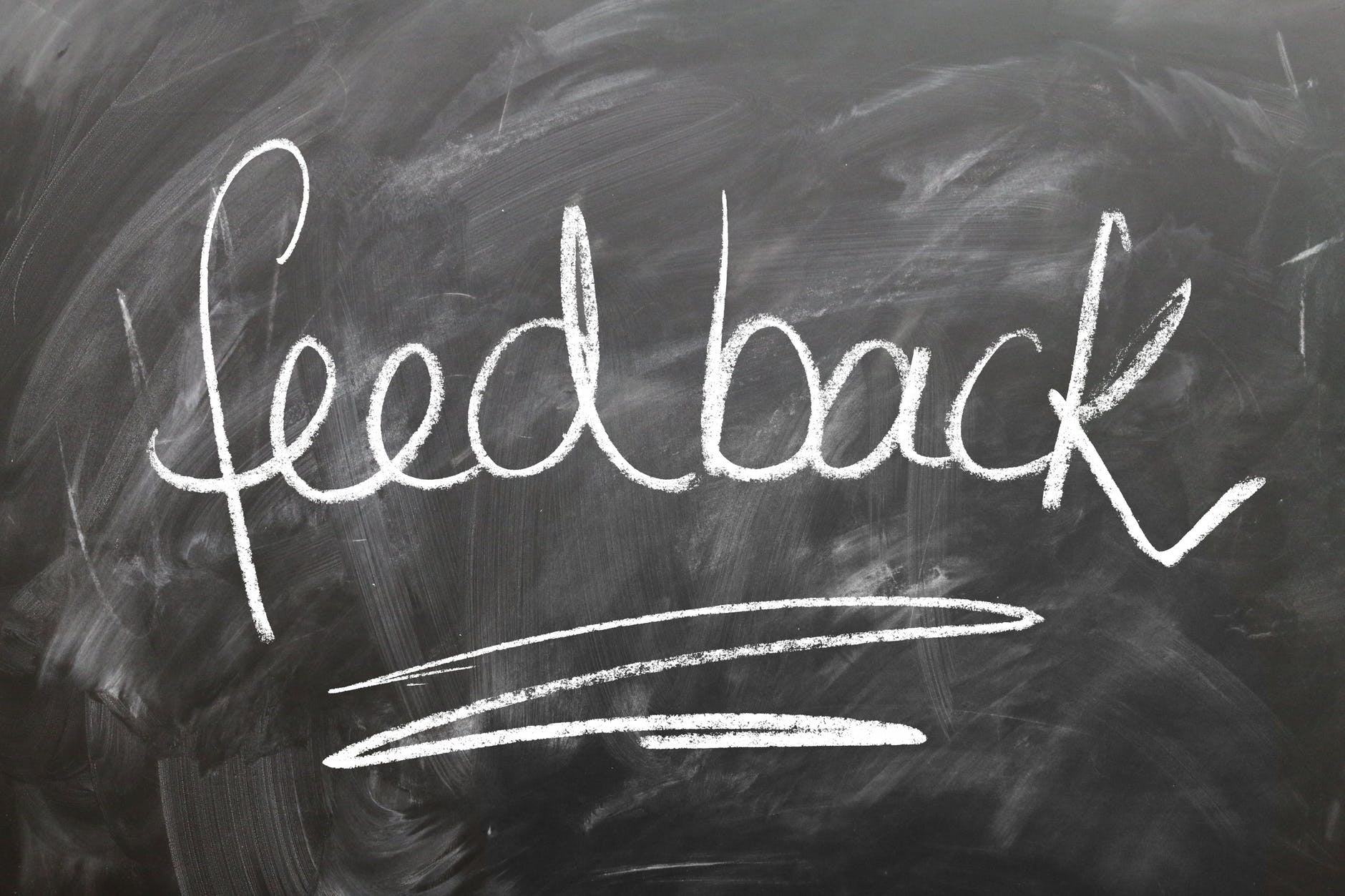As a reflective practitioner, I see so much value in the way thinking about my teaching can help me improve. I leave myself post-its in my planner so that when I come back to units the following year, I know what I want to change, I keep a notebook for writing down ideas that I have when they come to me, and I frequently participate in professional development to refine my teaching practice. If assessing myself works so well for me, why would I ever rob my students of the same opportunity?

Student reflections can be used as both formative and summative assessments, and they provide students opportunities to think meta-cognitively and can make students more self-aware and empower them to take risks in learning and thinking they may not have done otherwise. While a variety of assessments creates a pedagogically sound classroom, there is always a place for reflection throughout the school year. Whether the reflections are large or small, written or in another format, frequently reflective students experience growth.
Student reflections can take place in several ways. As a history teacher, I like to have my students’ reflections relate specifically to our units of study. For example, when students finish their public policy & political efficacy projects (see Project Citizen), I ask them to create a reflection piece that follows these guidelines:
- Clear and expressive language that accurately explains your experience. Your explanations should make sense to an uninformed reader.
- Relevance to Project Citizen and the goals of the project.
- An analysis of how the experience contributed to your understanding of yourself, others, and the US. Government.
- Connections between the experience from other courses, past experience, or personal goals.
- Questions about yourself and your own biases, stereotypes, preconceptions, and/or assumptions.
- Definitions of new ways of thinking as a result of the project.
Each one of the bullet points asks students to think about the project in a different way, and I try to hit several points throughout the assignment. They have to think about and express in almost any way they choose:
- The requirements of the assignment
- Relationships to the outside
- Connections outside of class
- Self-awareness
- Growth of Character

Reflections have taken the form of a Flipgrid (@flipgrid) iMovie, essay, song or rap, poem, skit, poster, or other teacher-approved formats.
Not all of my reflections touch upon all five of the previous points. Larger projects, in my mind, require larger reflections. Sometimes, I simply ask students to think about our units of study as related to the present day. I find that makes the material “stick” better– they’re more likely to remember it and hopefully remembering the past will inform the choices they make, personally and politically, in the future. For example, when we study the causes of the American Revolution, I ask students to identify forms of colonial protest. What were the colonists outraged about and what did they do? What is something that you care about and how do you handle the injustice that you feel? As you can imagine, I the responses I get run the gamut from it being unfair that a student didn’t get those diamond earrings for her birthday to those reflections that talk about racial bias and injustice. (Another plus of these reflections is that it lets me get to know students really well, which informs my teaching!)
Other teachers in the building practice reflection in other ways. One of my colleagues has students keep an assessment reflection journal. Whenever one of her students has a test, quiz, or project returned to them, she has them write in the journal about the feedback they received on the assessment and how they will use that feedback prior to the student seeing their numeric or letter grade. This places emphasis on the learning rather than the grade and tries to have students take better advantage of the feedback loop. The hope is that by reflecting on how they’ve studied or listened or annotated or used the feedback during the writing process, a better thinker will emerge.
Regardless of whether reflection is your only assessment for a unit, a small part of a summative assessment, or used as several formative assessments throughout a unit; or if reflection is used to think about the material students are studying or the way they’ve studied the material, it is a vital part of the learning process. Reflection allows for so many different kinds of growth: accepting and using feedback, character development, connectedness, and self-awareness. If you don’t believe me, try it for yourself and for your teaching. You’ll see a world of difference in yourself, and you will want to give your students the same gift.

